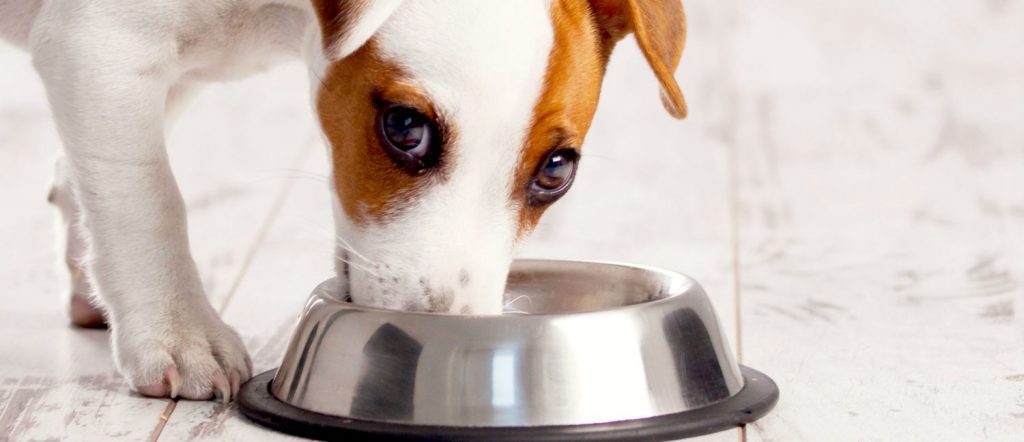Hi Alyssa,
Thanks for your question.
It’s very difficult to recommend the best diet for your pet. In fact, I think it is near impossible because you really need to know how a dog responds to a food to know if it is good for them or not. I have always maintained that a food is good if your dog eats it, has good solid stools, does not become itchy, doesn’t vomit, and maintains an ideal body condition. So many pet owners are concerned about the same issues as you. When you have a pet that is picky about food, you start negotiating with them. This can be a slippery slope. Once you offer them a variety of food, add treats, turn to a rich enticing diet, or even just spend more time preparing the food, they become accustomed to it and begin to want the same attention paid to their meal consistently. It can be a challenge to wean them off of this special food or process of preparing it.
We don’t really recommend to base the amount of food offered on such a broad basis of saying 1/2 a can or a full can. We need to focus on the total daily intake of calories. The next time you visit your veterinarian, you can ask them to calculate how many daily calories your dog should be ingesting to maintain an ideal body weight. They can perform this calculation if they have your dog’s weight and by determining the current Body Condition Score (BCS). They will formulate a strategy for attaining or maintaining an ideal body weight. You can then look at the caloric density of the food you’re using and determine the volumes of food you should feed throughout the day. Once you’ve done this, you can feed as often as you wish as long as you stick to the total daily amount. That will resolve your issues with the amount of food you are offering.
Any food you select has to have a trial period before knowing whether it is ideal or not. To avoid this risk, I would recommend that you introduce any new food very slowly over the course of 3 weeks. Monitor your dog’s response to it very closely as you switch over to the new diet. If diarrhea or vomiting develops, I would stop it immediately and seek medical attention if it does not resolve right away.
Try to offer a food and leave it for them. Pick it up if they don’t eat it and then offer it for the next meal. Don’t break down and start adding the attractive tasty food quickly. Let them build up an appetite. I’ve never seen a dog starve themselves but I have seen them be extremely stubborn to the point that they will protest for a couple days. By knowing how much they need to consume, you’ll be able to determine whether you’re really underfeeding them if they don’t eat. Often, I find that people are overfeeding and that’s why a dog won’t eat. Do the calculation with your vet and stick to an appropriate amount. Some foods are so rich that a spoonful of them satisfies a lot of calories and prevents them from wanting the next meal. By knowing the amount needed, you will be able to better control their appetite so that they are finishing their meals and not causing you stress.
I hope this helps,
Dr. Clayton Greenway
